GTX
TPF Noob!
- Joined
- Sep 10, 2007
- Messages
- 30
- Reaction score
- 0
- Location
- Pittsburgh, PA
- Can others edit my Photos
- Photos OK to edit
I've been reading here in TPF about all kinds of stuff. I recently purchased a Nikon D60 and have been LOVING it. I had a point-and-shoot Kodak for awhile to get used to photography stuff and finally saved up enough for a nice, GOOD camera.
Now I feel I haven't learned enough <.<
I have several questions and, while some were answered on TPF already, there's some I'm either not quite clear on, and a few that just didn't seem to fit / apply to my predicaments.
So, I hope someone could answer my questions or at least point me to an anti-nooblet guide.
To start, a few questions with terms and such:
How exactly does ISO settings effect a picture? I'm trying to figure out what ISO settings are best for particular scenes. Would something of an ISO 1600 be great for a dark scene, or would I be better off increasing the exposure time or aperture setting to produce a brighter image? (For slow or non moving objects, for example.) I know I would need a faster shutter speed to catch a fast moving object (car or a plane, let's say), so would it be better to increase the ISO in such a case?
I know that the f/# represents the aperture setting on a lense, but that's ALL I know about it. Why does the aperture get larger with a smaller number? What does the number actually represent? How would I be able to visualize the size of the aperture based on that number?
One question is for my camera particularly, in which case I've either missed this answer in the guide that came with it or I'm just blind: Why does the aperture limit change (min/max) even though I'm using the same lense (AF-S Nikkor 18-55 1:3.5-5.6G). (Secondly to this, what does the last part mean: 1:3.5-5.6G?)
Lastly, and probably the biggest, question I have: What's the best zoom I can get for under $500? I want a nice, good lense that can capture high speed (I like air shows... which will be the primary use... and I would LOVE to capture aircraft upclose in high-speed flight). I've read some stuff here on TPF already and have seen some reccomendations, such as a
NIKON Nikkor AF 80-200mm/F2.8 ED or a Sigma 70-200 F2.8... but I'm not sure if those would be best for air show stuff. It's unlikely that I will be using a zoom lense at night, as my 18-55 is decent, but that possibility still remains.
I think I would still have the primary focuses of being able to handle a fast shutter speed and the largest aperture possible for high-speed shots when it comes to a new lense.
I hope I didn't bombard you guys with too many questions at once. Tell me I need to read the forums more, and I will. I want to get good at this stuff. I'm going to post some pictures I took of the recent air show I was at (Dayton, OH) to get some C & C, so, expect those soon
Cheers!
Now I feel I haven't learned enough <.<
I have several questions and, while some were answered on TPF already, there's some I'm either not quite clear on, and a few that just didn't seem to fit / apply to my predicaments.
So, I hope someone could answer my questions or at least point me to an anti-nooblet guide.
To start, a few questions with terms and such:
How exactly does ISO settings effect a picture? I'm trying to figure out what ISO settings are best for particular scenes. Would something of an ISO 1600 be great for a dark scene, or would I be better off increasing the exposure time or aperture setting to produce a brighter image? (For slow or non moving objects, for example.) I know I would need a faster shutter speed to catch a fast moving object (car or a plane, let's say), so would it be better to increase the ISO in such a case?
I know that the f/# represents the aperture setting on a lense, but that's ALL I know about it. Why does the aperture get larger with a smaller number? What does the number actually represent? How would I be able to visualize the size of the aperture based on that number?
One question is for my camera particularly, in which case I've either missed this answer in the guide that came with it or I'm just blind: Why does the aperture limit change (min/max) even though I'm using the same lense (AF-S Nikkor 18-55 1:3.5-5.6G). (Secondly to this, what does the last part mean: 1:3.5-5.6G?)
Lastly, and probably the biggest, question I have: What's the best zoom I can get for under $500? I want a nice, good lense that can capture high speed (I like air shows... which will be the primary use... and I would LOVE to capture aircraft upclose in high-speed flight). I've read some stuff here on TPF already and have seen some reccomendations, such as a
NIKON Nikkor AF 80-200mm/F2.8 ED or a Sigma 70-200 F2.8... but I'm not sure if those would be best for air show stuff. It's unlikely that I will be using a zoom lense at night, as my 18-55 is decent, but that possibility still remains.
I think I would still have the primary focuses of being able to handle a fast shutter speed and the largest aperture possible for high-speed shots when it comes to a new lense.
I hope I didn't bombard you guys with too many questions at once. Tell me I need to read the forums more, and I will. I want to get good at this stuff. I'm going to post some pictures I took of the recent air show I was at (Dayton, OH) to get some C & C, so, expect those soon
Cheers!


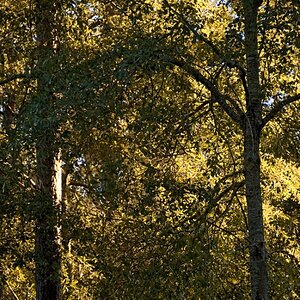
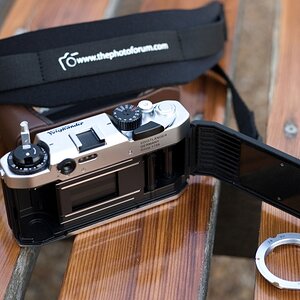
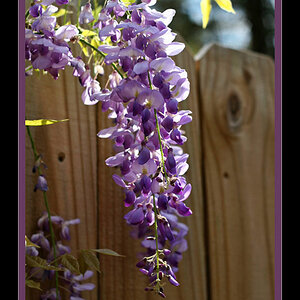
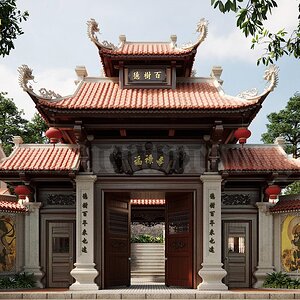
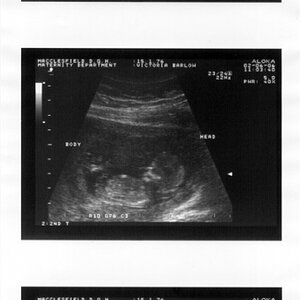
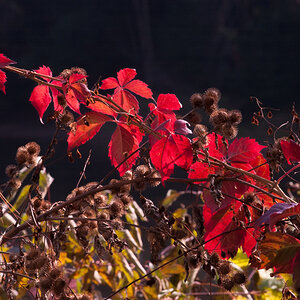
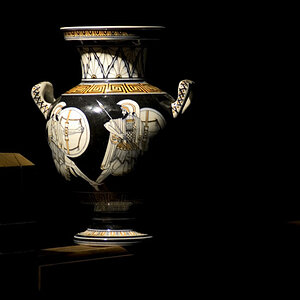
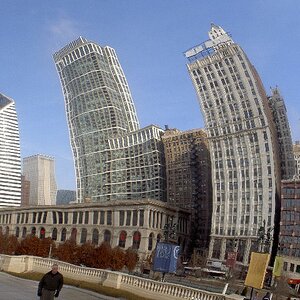
![[No title]](/data/xfmg/thumbnail/41/41755-a922f39cc29ff8f6e66a197508bf99f3.jpg?1619739881)
![[No title]](/data/xfmg/thumbnail/42/42458-8274869c9294d2f0655f80c8f0e6048c.jpg?1619740191)
![[No title]](/data/xfmg/thumbnail/41/41758-1a91d93383c843959cb160b7ac7e762e.jpg?1619739883)
![[No title]](/data/xfmg/thumbnail/42/42397-30faa170de7ed9be38adf00b9b26a220.jpg?1619740167)